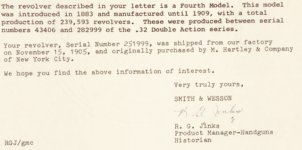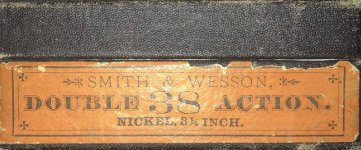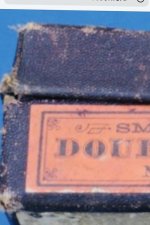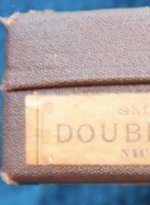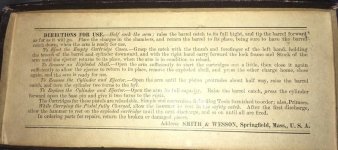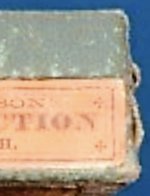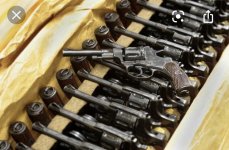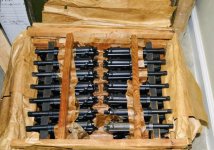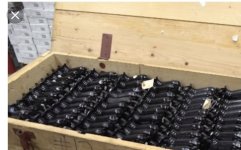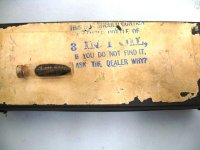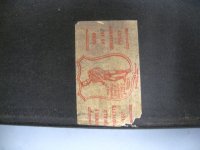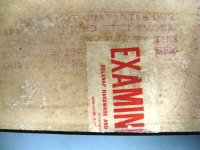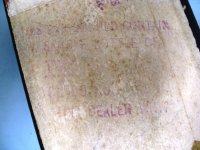Shipped from Factory to ???
I just finished a 20 min search of Factory letters and confirmed “ Guns shipped From the factory” directly to several Distributors including: Hartley & Graham ; Hibbard, Spencer & Bartlett, Chicago; Schoverly, Daley & Gales, etc. Didn’t take much effort to find this factory documented evidence. Even found one That shipped to San Francisco, from the factory!
Definitely the vast number of letters I glanced at went to M Robinson but I think they were no way involved with these other examples shipped directly from the factory to other listed Major Distributors so that much at least we can confirm.
M. Robinson must have had a huge clientele of steady customers that represented both small shops and larger retailers but other larger Major Distributors based on These factory Letters obviously did not need to go through them to obtain volumes of guns.
*** Also, if you look closely at the Distributor photos I posted? They are very competitive prices. Some claiming the best price available. Doesn’t seem possible to me that they could purchase guns from a Distributor in the same town ( New York) and still maintain a profit margin? Only! If they purchased directly from the factory.
**** Nice collection Books. I noticed you also have different instruction labels in your boxes as well!
Murph
I just finished a 20 min search of Factory letters and confirmed “ Guns shipped From the factory” directly to several Distributors including: Hartley & Graham ; Hibbard, Spencer & Bartlett, Chicago; Schoverly, Daley & Gales, etc. Didn’t take much effort to find this factory documented evidence. Even found one That shipped to San Francisco, from the factory!
Definitely the vast number of letters I glanced at went to M Robinson but I think they were no way involved with these other examples shipped directly from the factory to other listed Major Distributors so that much at least we can confirm.
M. Robinson must have had a huge clientele of steady customers that represented both small shops and larger retailers but other larger Major Distributors based on These factory Letters obviously did not need to go through them to obtain volumes of guns.
*** Also, if you look closely at the Distributor photos I posted? They are very competitive prices. Some claiming the best price available. Doesn’t seem possible to me that they could purchase guns from a Distributor in the same town ( New York) and still maintain a profit margin? Only! If they purchased directly from the factory.
**** Nice collection Books. I noticed you also have different instruction labels in your boxes as well!
Murph
Attachments
-
 73B305BD-FFBF-4DB2-9CDD-1BD8303216C7.jpg26 KB · Views: 32
73B305BD-FFBF-4DB2-9CDD-1BD8303216C7.jpg26 KB · Views: 32 -
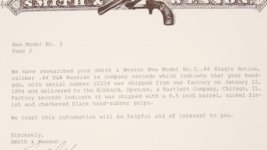 ACBAF8C4-0BC0-4962-9EEA-CB48DE871BBC.jpg24.3 KB · Views: 29
ACBAF8C4-0BC0-4962-9EEA-CB48DE871BBC.jpg24.3 KB · Views: 29 -
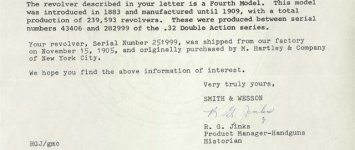 C5C9F408-F055-48E5-A5BF-B6D45A690CD0.jpeg66.2 KB · Views: 30
C5C9F408-F055-48E5-A5BF-B6D45A690CD0.jpeg66.2 KB · Views: 30 -
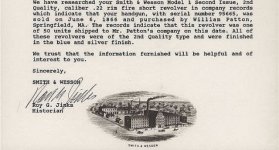 596FBB27-2416-4F7E-BE76-361980AAE19B.jpeg97.7 KB · Views: 26
596FBB27-2416-4F7E-BE76-361980AAE19B.jpeg97.7 KB · Views: 26 -
 E2D0E8BE-624E-43AC-A082-8D15B4738CFA.jpeg48.4 KB · Views: 23
E2D0E8BE-624E-43AC-A082-8D15B4738CFA.jpeg48.4 KB · Views: 23
Last edited:

